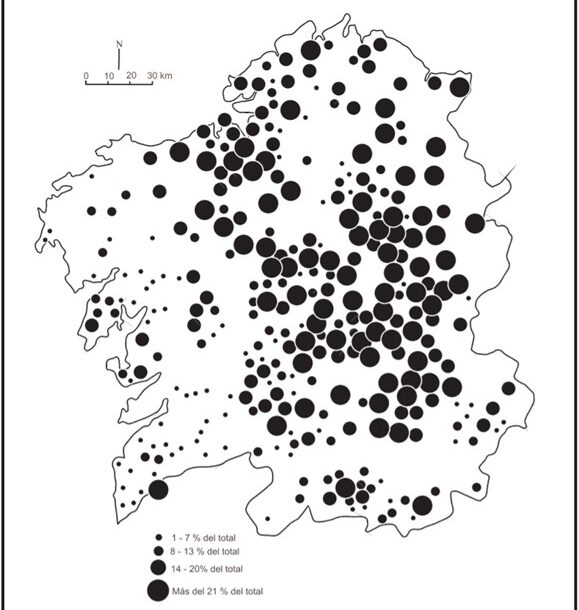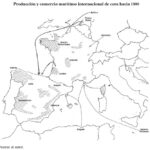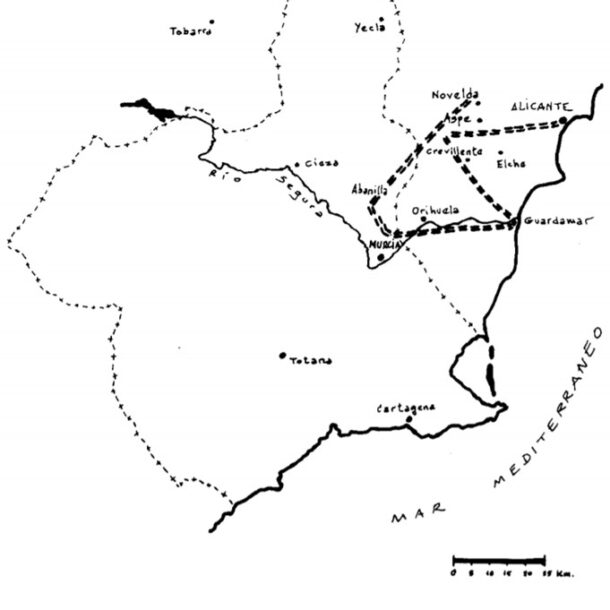
Spanish pastoral beekeeping during the Modern Age was one of the most advanced beekeeping systems in Europe. The seasonal movement of hives became widespread in Spain in the early modern period; other countries such as France had to wait until the end of the 18th century to experience the necessary conditions for the development of the beekeeping sector. As a result, the amount of honey and wax collected increased. The resource shows the production of wax, marked on the map with cross lines, and its distribution throughout Europe and the western Mediterranean. In Spain, the main beekeeping areas were the regions of Galicia, Extremadura, the north and Mediterranean coast of Andalusia, the south and centre of Aragon, the Valencian coast, the north of Majorca, Murcia and parts of La Mancha. Waxes came to the Peninsula from the Netherlands, the Maghreb and the French region of Landes; however, due to the wars of the Revolution and the French Empire, trade channels were affected.
Collection: Images
Project: 2. Social and economic impact of technological revolutions in Europe., 9. Travels and travelers: economic, social and cultural connections.
Chronology: XVIII
Scope: Secondary Education, Baccalaureate, University
Link: https://dialnet.unirioja.es/servlet/articulo?codigo=3743309
Resource type: Image
Format: Map
Source: Lemeunier, G. (2011). "La apicultura en Francia y España entre los siglos XVIII y XIX", en Revista Historia Agraria, nº 54, p. 23.
Language: Spanish
Date: 2011
Owner: Pablo Ballesta Fernández (Modernalia)
Copyright: ©Revista Historia Agraria ©Guy Lemeunier
Abstract: Resource showing the production and distribution of wax in Europe and the Western Mediterranean
Image
Tags







